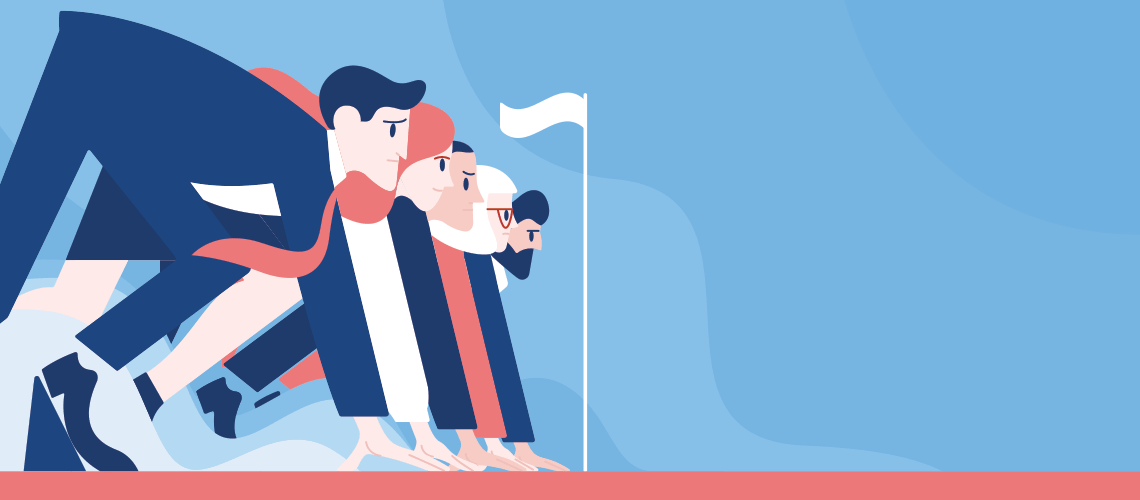
It’s official. Internet Addiction Disorder (IAD) is now a clinically recognized condition. Social media platforms like Facebook have done a tremendous job enticing billions of people from all walks of life, absorbing every waking moment of their lives. Like a captivating book or a mesmerizing Netflix serial, it’s impossible to walk away. Wouldn’t it be great if more people were this invested in their own health? That’s called “orthorexia”, and we wish we could be so lucky. Instead, our society is plagued with chronic diseases like obesity which has skyrocketed over the last few decades. Heart disease is still the number one killer. Diabetes is predicted to bankrupt every health care system in the world. There’s an opioid crisis, and as if that weren’t enough, we now have the internet to blame for adding on to the ever-growing list of addictions. Experts are working on ways to help us manage our screen time and bring it back down to healthy levels.
How did this happen? Perhaps we should be looking at this the other way around and ask instead why doesn’t this happen with everything? Why haven’t the forces of addiction extended into other areas of life? Why aren’t we addicted to good health? Is it a problem of knowledge? Is it a problem of motivation, or has Facebook uniquely perfected the psychological techniques behind keeping us engaged? As with everything it’s probably a combination. Some lucky people are highly motivated about anything that has to do with their health. Nobody runs a marathon without a lot of dedication. For the rest of us, we need to be nudged and reminded and prodded. Peer pressure is the perfect force for driving the kind of social change we need to turn public health around. So why haven’t we tapped into this tree of life we call social media? Why does it seem like social media has only been harnessed for bad? The truth is Facebook is just the beginning, and the landscape is still evolving.
It seems like every day there’s a new cryptocurrency that people are engaging with. While we owe it to social media companies that we know what a “user engagement index” is, when it comes to cryptocurrency, even Facebook is the one scrambling to catch up. Countless startups have been making creative use of blockchain technology to incorporate their own digital assets. The gaming industry in particular has exploded. Amateur gamers might spend thousands of dollars on special hardware, on everything from the CPU right down to the mousepad, just to gain that extra edge, because the in-game rewards are so tantalizing. Twitch TV is a YouTube equivalent exclusively for streaming video games. Major competitions are televised on national TV. It’s seen as a sport on par with baseball, or cage fighting. Video games have come a long way since Pong. Healthcare, well, is still healthcare. There are more treatment options maybe, but it’s still the same old system. But it too is starting to change, inevitably and using models from other industries.
The medical community is large, established, and often lags behind current trends. Yet there’s a surprising level of optimism thanks in part to the fitness world which is helping to bridge the gap. For years, wearable devices have been available to track simple biometrics like heartbeat, or to count your steps and calculate your pace on a run. These were largely seen by the public as novelty gadgets. Today’s wearable tech is more convenient with better battery life and backed up by much more sophisticated software that can track and analyze data over time. Many are now allowing us to compare our stats against the wider population. The spirit of competition makes it fun and engaging. There are apps that pay you for each step you take. There’s even an app that encourages you to run from virtual reality zombies. And how can we forget the Pokémon Go game app of 2016. Fans and observers offered anecdotal evidence that the game was causing a surge in physical activity, leading to a “pandemic” of sore legs. Some even suggested Pokémon could be the solution to the obesity crisis. When the news broke that Pokémon Go was responsible for more than 1 million hours spent outside among children below 16 – the then First Lady Michelle Obama lauded the app saying it is “totally awesome” that children are going outside to catch Pokémon. “If a video game is what it takes to make you kids go outside, go and catch yourselves some Pokémon Go! As long as you kids are outside, I’m happy.” Some fitness trackers feature oxygen sensors, previously marketed for mountain climbers, now for treating sleep apnea. Are these medical devices or games or apps or a combination? As the industry booms, the lines are blurred.
In industry-speak, this is called “gamification”. Gamification draws on research in psychology and behavioral economics and is one of the most important techniques for leveraging our innate human drives. Sports like soccer and basketball can trace their roots back thousands of years to the beginnings of known human history. Modern “exergames” pay homage to this time-worn heritage and are the best examples of gamification. It was natural progression for “exergames” to make convenient use of the smartphones we already carry, and which already monitor and support our daily activity. The next move is to expand this concept out in all directions. Solutions to our current medical crises may not come from medical professionals. They may come from young creative minds at small startups, and they may come in the form of shifts in societal attitudes, inspired by charismatic tech titans and celebrities the way previous generations were inspired by professional athletes and sportsmen like Jack LaLanne.
As a society, we still love doctors. Medical professionals constantly rank first in surveys of most-trusted professions. We welcome their advice. But that doesn’t mean we’re going to take it. Where social media really shines, and where conventional healthcare is really lacking, is in the realm of motivation. As a profound example, doctors struggle convincing patients to make even the slightest changes to diet. Any success is temporary, and certain conditions like drug addiction are notorious for relapse. If you think about it, a patient might interact with the doctor for as little as 8 minutes, perhaps once a month. The rest of the time the patient is bombarded with other influences with which no doctor can possibly compete. In contrast, your smartphone is always with you, and positive reinforcement can be at your fingertips giving you that dopamine hit of instant gratification you need. In the future, your doctor might simply input your treatment protocol into the parameters of a game and send you off on your way. Through an augmented reality of sorts, you might mend your body the same way you would have pruned your social media profile.
Sports have life-cycles. Tennis used to be played with wooden racquets. Now the serves are so fast and integral, the game almost feels broken. Baseballs used to be so expensive that teams would hire security guards, for the baseballs! They would be used and reused until they disintegrated. That meant there weren’t a lot of home runs. Games were won by infield technique. Healthcare is a little bit like that. It’s taken us a long way, but we have to keep forging ahead. Blockchain-based smartphone-apps are game-changers ushering in a new era of “patient engagement” with incentives and gamification. Why not step up to the plate and take a swing?




